One of my passions when it comes to wood is to artificially age it with finishing materials and wood preparation techniques in white. But I guess this is no surprise to anyone anymore. The simplest way to age wood is to use ageing skids. But what are these patinas? What is their nature and how can they be used for the most credible look?
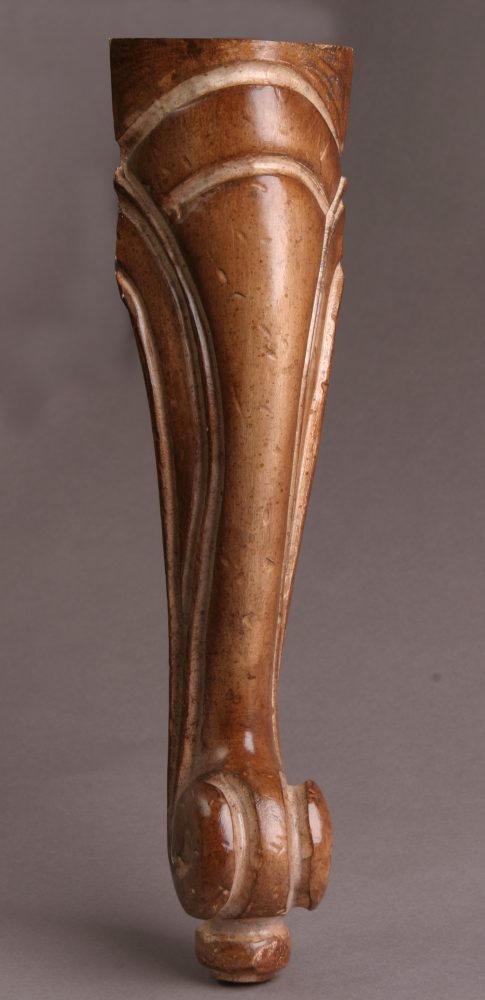
Aging patinas are staining solutions that reproduce the effects of time on furniture or other wooden objects. Normally, with the passage of time, impurities build up on the surface of the finish and the color of the varnish darkens slightly, yellowing due to UV radiation. If you compare old furniture with new furniture, you will notice scratches, dents, places where dust and dirt tend to settle. The color of the old furniture is no longer bright and vivid. It becomes duller, also because of dirt and UV radiation.
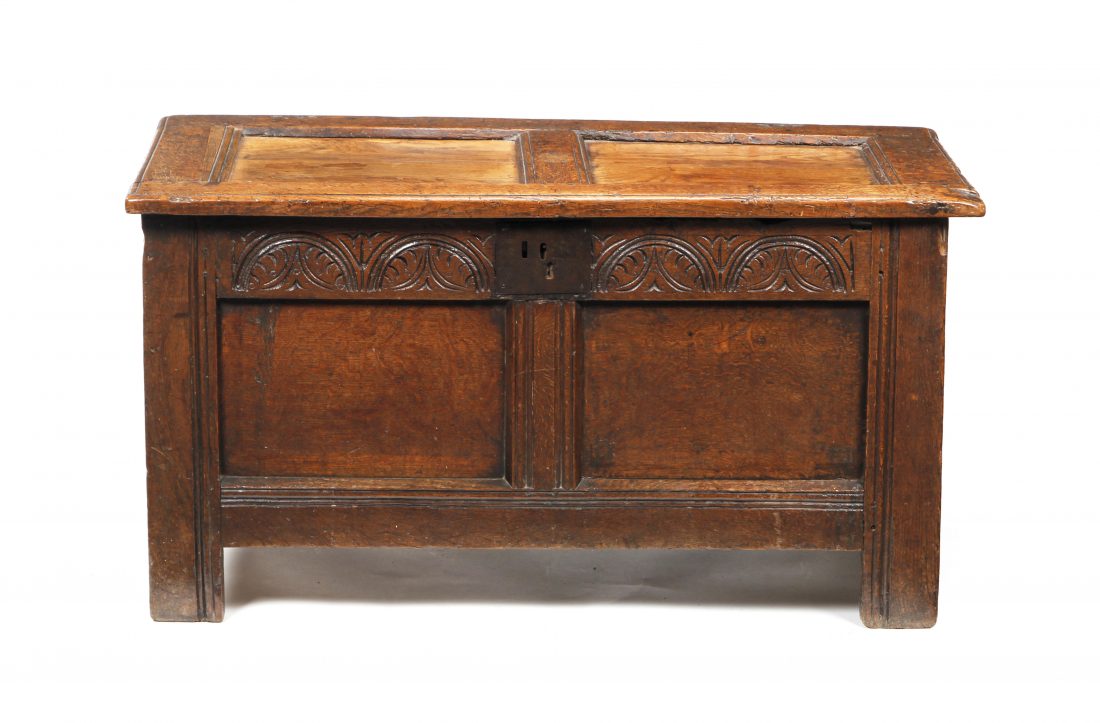
photo source: undolock.com
When you want to get an object from antiqued wood use ageing pates. Their application is recommended over grund. If applied directly to the wood, there is a risk that it will penetrate deep into the wood and cannot be removed, altering the effect.
Unlike bathsnot all the applied quantity remains on the object. After application sand or is wiped off, largely removing itself. There is a technique for removing the excess. The patina must remain in the dents, scratches and marks made to the blank preparation. If the wood has pores, the patina will mark them, it will get into the pores. It must also remain all over the surface, but in very small quantities, so as to suggest dirt deposited over time.

Patinas can be solvent-based or waterborne. They can be applied with a brush, sponge or spray and the excess removed by sanding with sandpaper or steel wool or wipe with a cloth. Sometimes it is necessary to apply a very small amount of patina. In this case special spray guns are recommended. Always apply a coat of varnish over the patina to protect the effect.
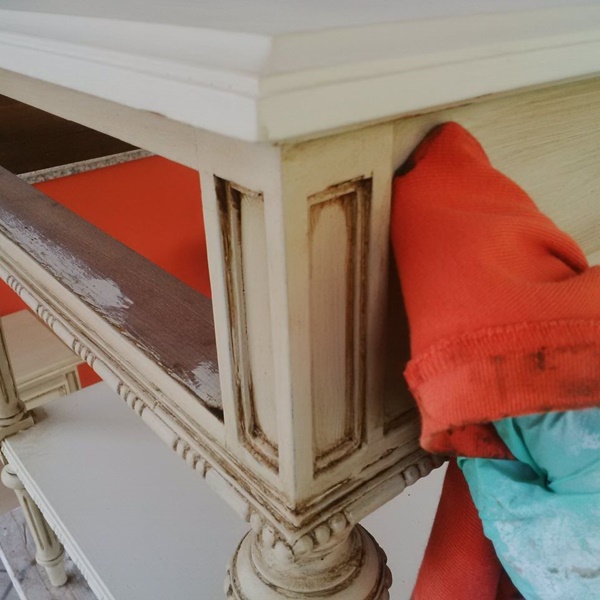
The skids are available in various colors: dark walnut, red walnut, white, gray, green, blue, red, orange, gold, silver, bronze, etc. The important thing is that these colors give the furniture a natural and credible look. Also, the color of the patina should be in harmony with the rest of the finish, nothing should look forced or exaggerated.
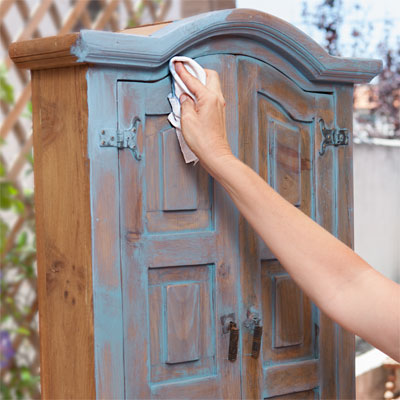
You can use multiple color patinas on the same object. The easiest removal is when each patina is applied over another layer of primer (the patinas are separated by layers of primer). The method also gives depth, the effect being successive layers of dirt deposited over time. However, they can also be applied on the same primer coat, but the effect is slightly different.
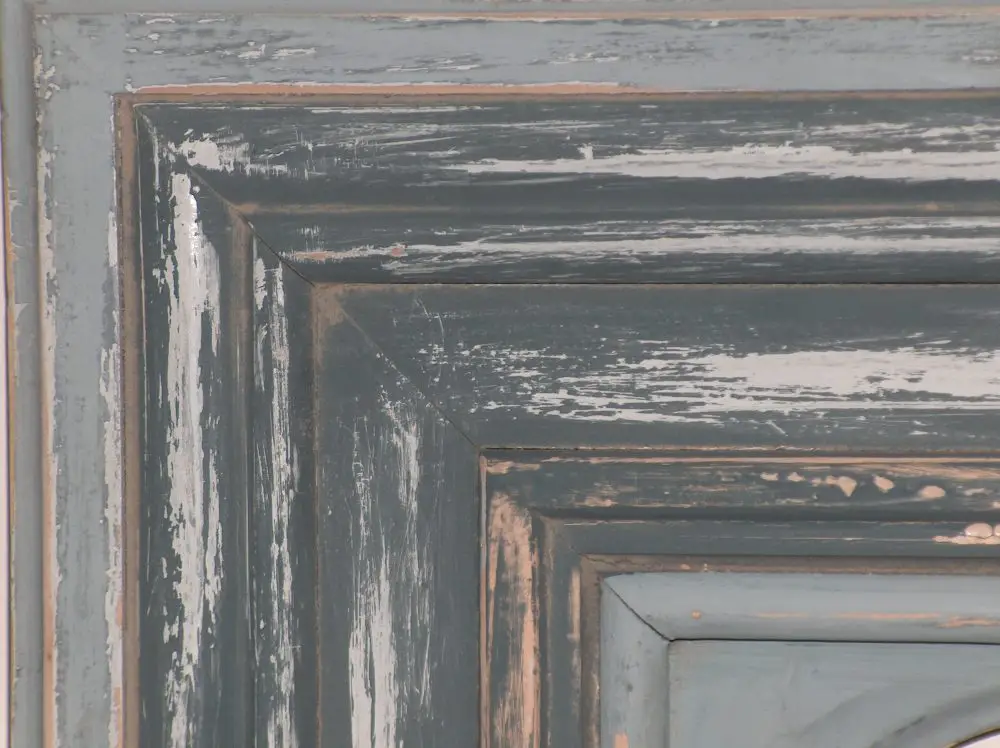
It takes experience or a particular skill to use ageing skates as correctly as possible and to obtain the most natural products. It is quite difficult to obtain credible objects the first time. It is best learned by "stealing" the application, wiping and sanding technique from someone with experience.
Aging runners produce a very strong visual effect. Their correct use on a well-designed piece of furniture can turn the clock back decades, even hundreds of years.
















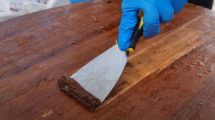

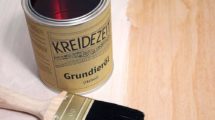






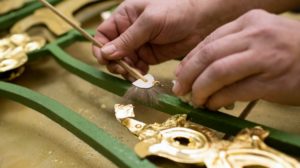





Hello Mrs Mihaela,
And I'm a Mihaela who is passionate about wood.
I made a terrace in the yard and put a wooden ceiling -gen paneling . I would like to paint it white and give it an aged white patina . I don't know where I could find paint or what the painting technique might be . The walls are old brick and the fence is given with clear varnish with a reddish brickish tint .
Good evening!
I'm glad to meet a wood enthusiast.
I've been thinking of an easy way to get the white aged without too much effort. The position is difficult and will be hard to work with. I think the easiest way is to apply a coat of white paint over which, after drying, to apply reddish walnut coloured wax. Use a water-based white paint that you try to apply, with a brush or a trowel, without diluting it so as not to lift the wood grain. After drying, apply the wax with a soft cotton cloth. First apply in circular motions, so that the wax enters the pores, then wipe well along the grain. The colour will acquire a patina (no more pure white) and the wood design will be highlighted by the wax.The wax will also remain on the wood imperfections (marks from circular, scratches, dents, but in case of an antique finish, these are a plus.
All the best!